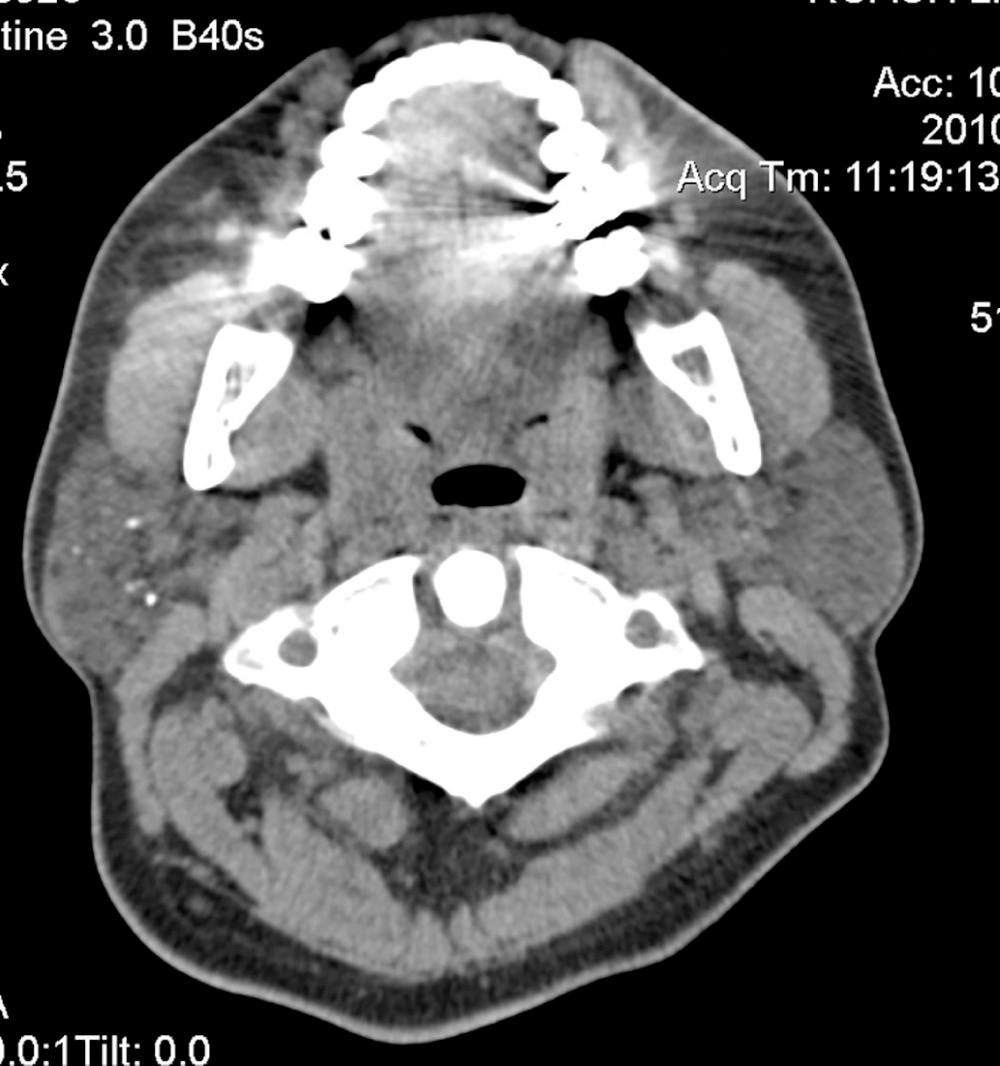Physical Address
304 North Cardinal St.
Dorchester Center, MA 02124
The widespread adoption of sialendoscopy is largely due to successful management of patient symptoms (~70–80%) and gland preservation (~95%) that avoids the potential serious complications of gland extirpation. This chapter focuses on complications of sialendoscopy for salivary stones (complications of stenosis [scar] are covered in Chapter 31 ).
The complications of sialendoscopy can be divided into disease-specific complications related to the underlying pathology (stones) and procedure complications.
Glandular calcifications of any variety are often interpreted as stones by both referring practitioners and radiologists ( Fig. 26.1 ). This is due to the frequent occurrence of parenchymal soft tissue calcifications that result from chronic glandular inflammation. Factors that suggest glandular calcifications that are not stones include nonobstructive symptoms (i.e., swelling not predicated on eating); multigland involvement; multiple, small (1–2 mm) calcifications; and peripheral (intraglandular) location not within central ductal branching pattern. In most cases, patients with the above presentations have chronic inflammatory disorders (e.g., Sjögren; sarcoid; IgG4-related disorders; juvenile recurrent parotitis; idiopathic chronic sialadenitis). Although many of these patients may eventually benefit from sialendoscopy, the goal of the surgery would be to dilate the ducts, flush out inflammatory debris, infuse steroids, and potentially establish a diagnosis via open biopsy of the gland. In such cases, the procedure is expected to reduce symptoms with the recognition that the patient has an ongoing disorder, which will require additional follow-up.

Become a Clinical Tree membership for Full access and enjoy Unlimited articles
If you are a member. Log in here